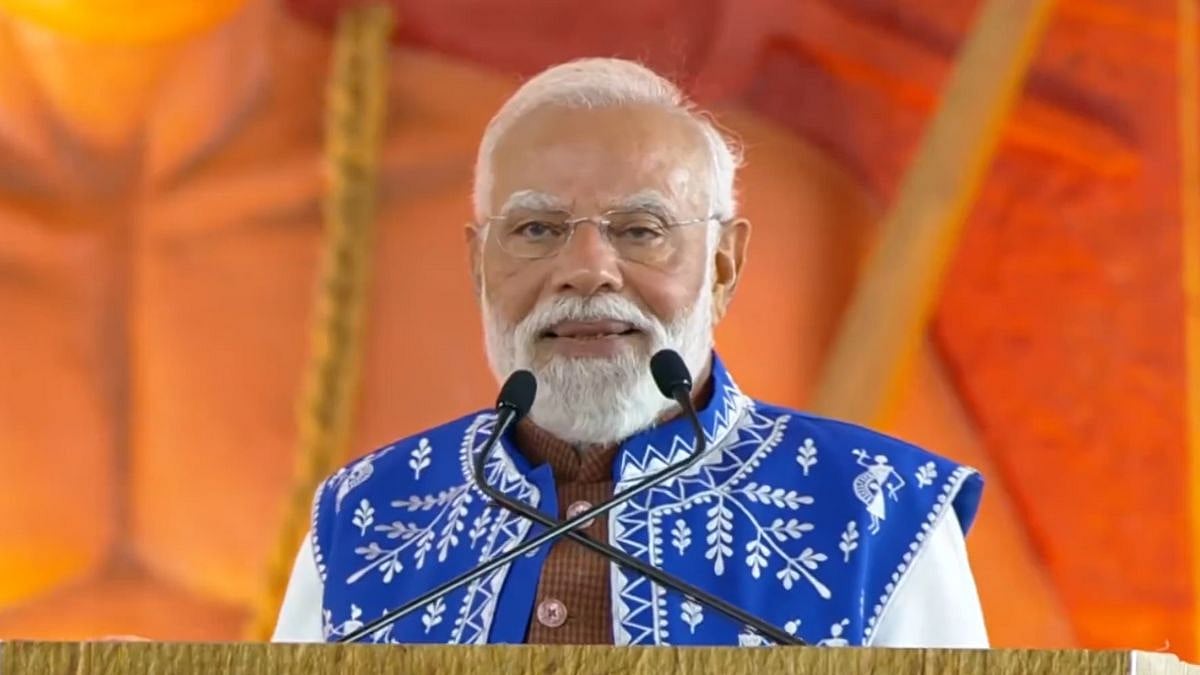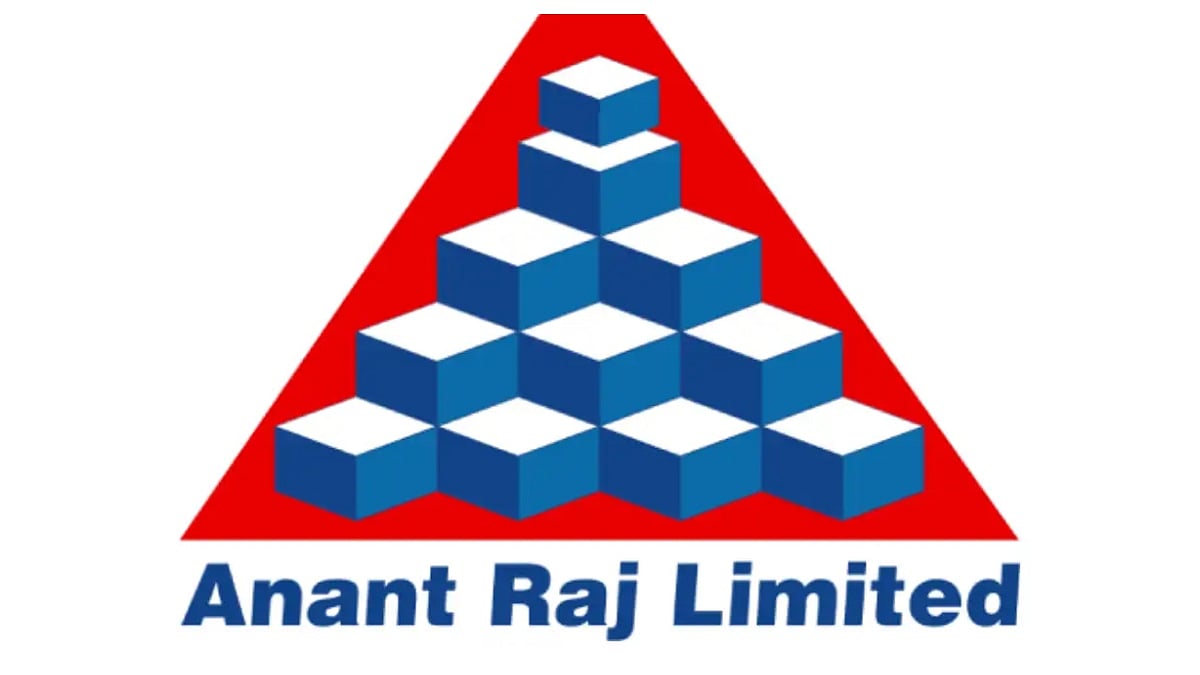Employment engagement has never been an easy feat to achieve for many organisations. Keeping the workforce engaged while fostering a culture of connection, collaboration, and continuous learning has always been a priority for the Management.
As the pandemic created new challenges like hybrid or remote work models, CHROs are again looking for ways to make employee engagement work in a post-pandemic world.
Deciding who works from home and how often is a difficult task and unique for each organisation. If done incorrectly, it may compromise culture, collaboration, and creativity. On the other hand, a well-executed hybrid workplace can act as a magnet, drawing people together and allowing them to work more effectively than ever before.
As the competition for talent increases day by day, the demand for hybrid work modes is also getting a lot of attention. Microsoft’s Work Trend Index Report rightly sums up, “Employees want control of where, when, and how they work, and expect businesses to provide options”.
While a hybrid work culture can serve as a springboard for future expansion, the real difficulty is rethinking employee engagement tactics. To do so, businesses must first comprehend, build, and optimise employee engagement methods that enable and empower hybrid and remote work teams. Organisations must address concerns such as communication, employee well-being, and inclusivity to build an effective hybrid workspace.
HBR states an evident decrease in employees' mental surge capacity post-pandemic; hence it's vital to take proactive measures to keep them engaged for higher productivity, better performance and long association. Let's look at some top tips that CHROs must consider before finalising the employee engagement strategies in a hybrid workplace:
1) Consistent focus on employee engagement
When it comes to creating a high-engagement work environment, proximity isn't always necessary. Focussing on core elements of engagement - tools/resources needed for work, clear performance objectives, learning opportunities, transparent communication, continuous feedback, timely rewards and recognition, etc. are a few key pillars for an engaged workforce.
2) Right collaboration with technology
Almost every industry and department has gone through tremendous digital transformation post-pandemic. SHRM has defined employee engagement tech as the primary key to business success. Organisations now hugely rely on technologies to make daily processes easy and approachable for employees. Even for employee engagement to work efficiently and uniformly, CHROs must consider technology solutions - a digital platform that can keep the employees engaged and rewarded.
3) Use of data and analytics
IT departments can use data and insights to get a more objective picture of employee productivity at work and home. These details will aid them in determining what technology investments they need to make to accommodate a hybrid workforce effectively. As part of their ongoing digital transformation plan, organisations can improve the efficiency of their teams and drive company success by implementing AI and data analytics.
4) Address the existing structural problems
If work conditions differ to the point where performance management cannot be regulated, underlying structural issues must be addressed first. One of the most prominent causes of this problem is information disparity, which occurs when some employees have more tools and resources than others, resulting in output disparities. Office workers have more access to software, information, and support than their remote counterparts. The best course of action is to communicate with your employees, both in the office and on the road, to ensure that they have everything they need to accomplish their best work.
5) Value people more than filled desks
Organisations have hired many new people wherein many others resigned. During the pandemic, some team members relocated to far-flung regions and could no longer commute to the office. Teams that once had only a few remote workers now have more than half of their members working remotely. Culture brings employees together - it is defined by how we interact, communicate, perceive, trust, and treat one another. Time zones and miles don't matter when it comes to culture.
6) Rewards and recognition for employees
Rewards and recognition programs primarily define employee engagement. The digitally powered platforms can help the organisation with a variety of recognition programs and redemption offers. It also offers benefits like early wage advantage, automated incentives, communities etc. Such an extensive R&R platform makes sure that employees are recognised timely by simply automating the entire process.
7) Employment survey
No one predicted a pandemic, a global crisis that shifted the world economies. It pushed many of us to think innovative and use technology to surpass the physical barriers. When it comes to employee engagement, it's pivotal to understand the pulse of the employees' concerns, needs, and wants before investing in an engagement strategy. By conducting regular employee surveys, one can remain on top of what's on employees' minds, avoid problems that could lead to disengagement, and incorporate their feedback into plans.
As per the Gallup survey, the percentage of employees that feel that employers care about their well being has plummeted, especially after the pandemic. It indeed depicts how organisations need to amp up their efforts regarding employee engagement. A creative and adaptable approach to employee management will make employees feel valued. It is essential to create a culture that showcases that each employee’s work has a significant impact on the company’s success.
(Sourabh Deorah, Co-Founder & CEO, Advantage Club)









